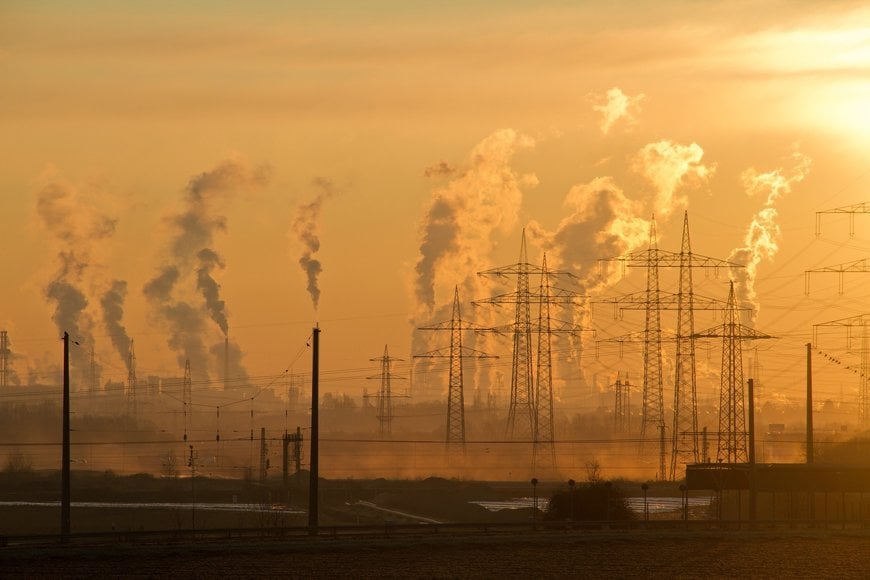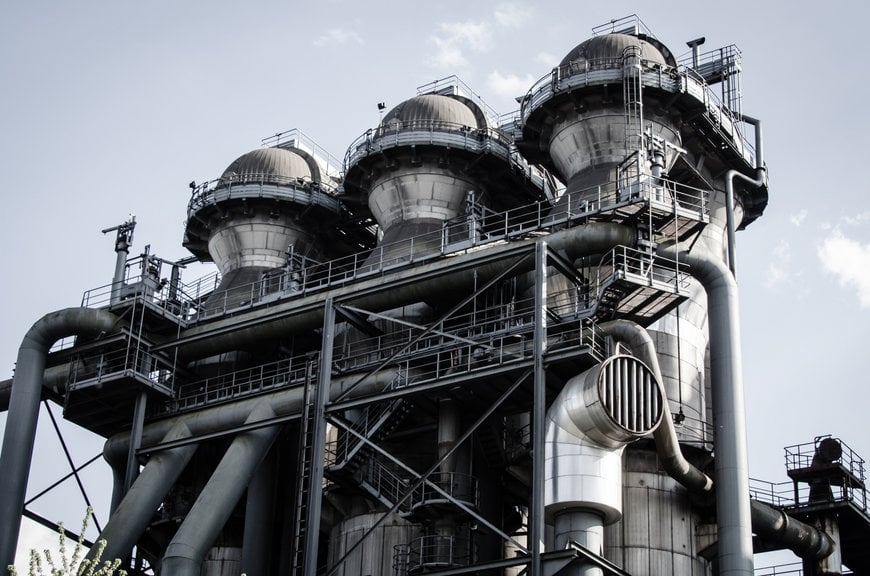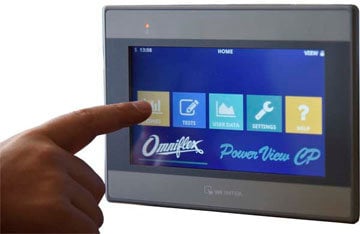www.magazine-industry-usa.com
25
'21
Written on Modified on
Danger, danger… high voltage
Optimising cathodic protection systems for hazardous environments.

Cathodic protection (CP) is a critical tool when it comes to combatting corrosion in crucial infrastructure. However, what considerations must you make when using CP systems to control corrosion in hazardous environments containing volatile materials? Here, Ian Loudon, international sales and marketing manager at remote monitoring specialist, Omniflex, discusses the best practice for using CP systems in hazardous environments, like those found in South Africa’s Sunrise Energy project.
Located in the paradise of Saldanha Bay, Sunrise Energy is Africa’s largest open-access Liquified Petroleum Gas (LPG) import terminal. It is a public–private partnership between Mining, Oil & Gas Services (MOGS) and the Industrial Development Corporation (IDC). By enabling the import of LPG in large quantities, the facility advances the oil and gas sector in the province by boosting regional energy security and downstream competition.
On large scale LPG projects like this, it is vital that CP systems are used to protect structures against corrosion. Normally, after being installed, CP systems are left to operate unmonitored, especially when they are used on structures that are underground or submerged in water. This is the case in the Sunrise Energy project, where large LPG containers fitted with CP systems are buried underground. In these situations, it is extremely difficult, sometimes impossible, to physically check on your CP systems to make sure they are operating correctly. So, what can be done instead to make sure the system is running safely and effectively?

Providing peace of mind
Firstly, all CP systems in the hazardous area should be intrinsically safe. This provides reassurance that the electrical equipment operates safely in hazardous environments by limiting the amounts of electrical and thermal energy available for ignition. This is achieved by only allowing low voltages and currents to enter the hazardous area and by preventing any significant energy storage from occurring.
In the Sunrise Energy project, where large quantities of explosive LPG are involved, the importance of having intrinsically safe CP systems cannot be overstated. In this scenario, a single spark from a power leak could create an ignition source for a massive explosion that could endanger lives. In South Africa, the SANS 60079 standards define the requirements for electrical equipment in explosive atmospheres. All CP systems in the hazardous area must conform to this as a minimum requirement.

Next, because it’s difficult to physically monitor the CP systems in use, remote monitoring can be used to check performance and system integrity. To help provide this, Sunrise Energy engaged Omniflex, a specialist in remote monitoring and control of CP systems. Omniflex’s systems provide benefits such as automatic testing and results logging, long-term cloud-based data storage, regular status reports by email and alarm condition alerts by SMS and email.
Remote monitoring of CP systems offers several key benefits for customers. It reduces ongoing maintenance costs since you don’t need to physically inspect difficult-to-access systems, like underground LPG containers, or pay for engineers to conduct routine on-site inspections. Furthermore, it gives you peace of mind that your system is operating efficiently and effectively around the clock and alerts you when there is a problem.
www.omniflex.com

